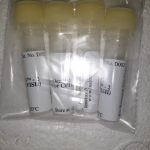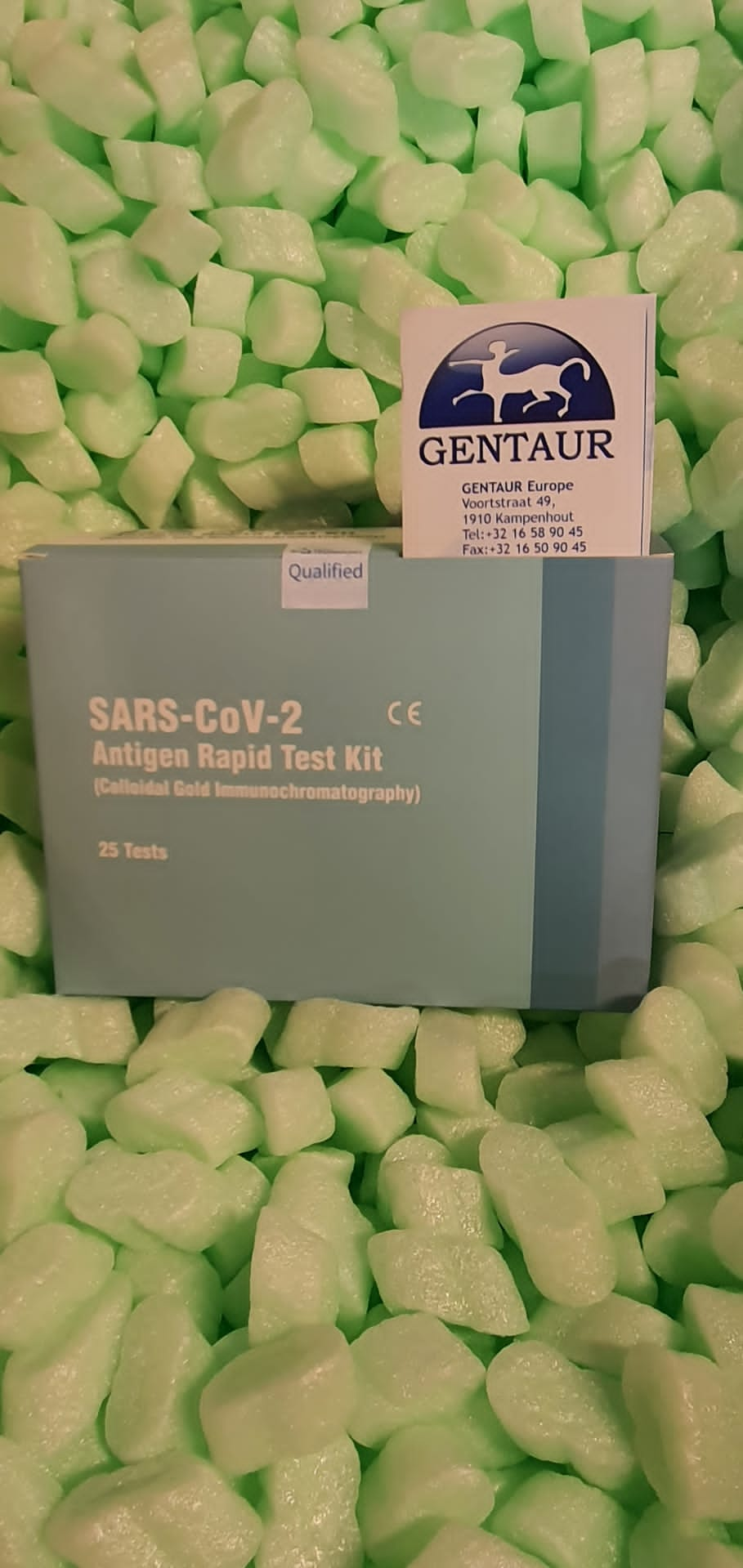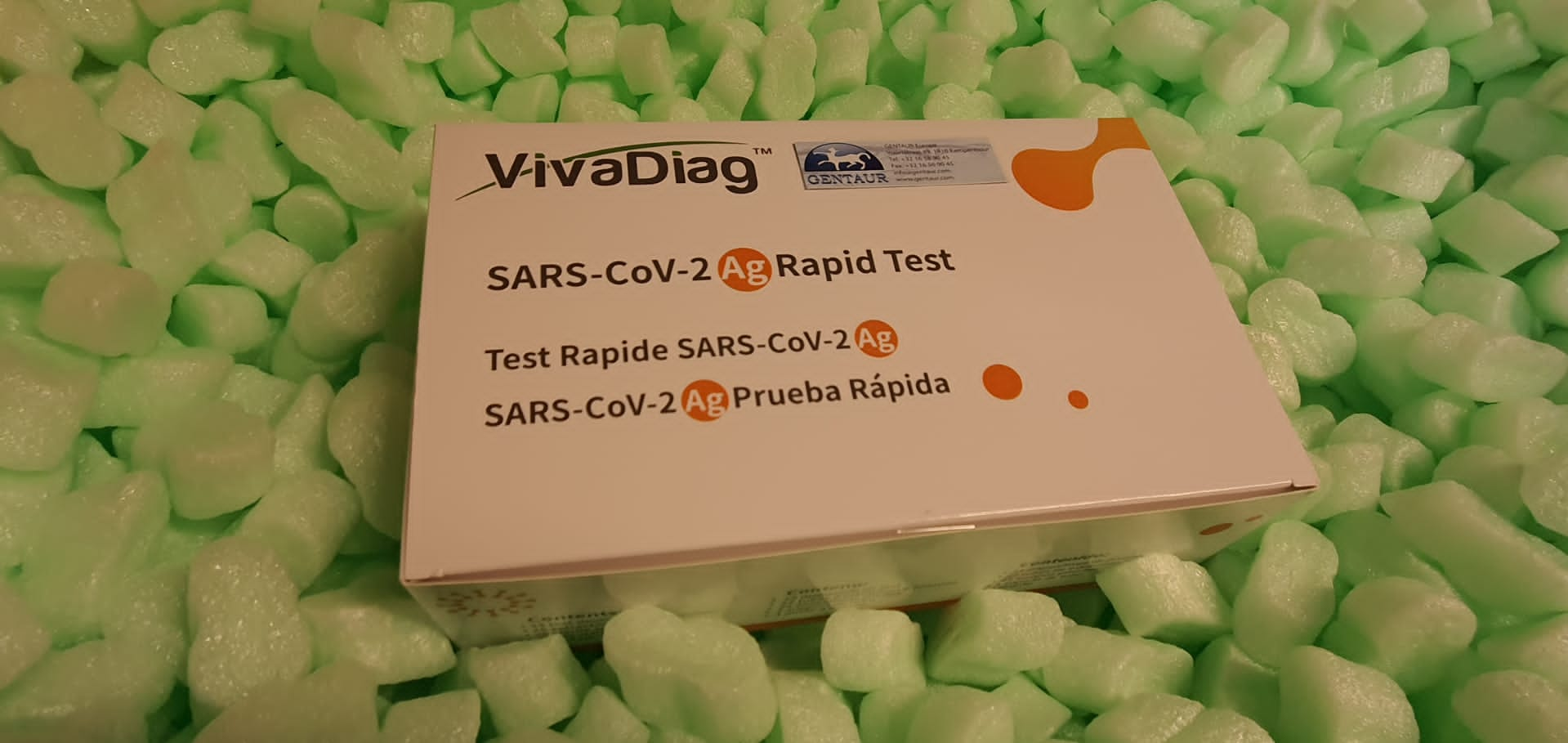Background: Plasmodium knowlesi is now the foremost reason for human malaria in Malaysia, complicating malaria management efforts that should attend to the elimination of a number of Plasmodium species. Current advances within the cultivation of P. knowlesi erythrocytic-stage parasites in vitro, transformation with exogenous DNA, and an infection of mosquitoes with gametocytes from tradition have opened up research of this pathogen with out the necessity for resource-intensive and expensive non-human primate (NHP) fashions. For additional understanding and improvement of strategies for parasite transformation in malaria analysis, this research examined the exercise of varied trans-species transcriptional management sequences and the affect of Plasmodium vivax centromeric (pvcen) repeats in plasmid-transfected P. knowlesi parasites.
Strategies: In vitro cultivated P. knowlesi parasites had been transfected with plasmid constructs that integrated Plasmodium vivax or Plasmodium falciparum 5′ UTRs driving the expression of bioluminescence markers (firefly luciferase or Nanoluc). Promoter actions had been assessed by bioluminescence, and parasites remodeled with human resistant allele dihydrofolate reductase-expressing plasmids had been chosen utilizing antifolates. The soundness of transformants carrying pvcen-stabilized episomes was assessed by bioluminescence over an entire parasite life cycle by means of a rhesus macaque monkey, mosquitoes, and a second rhesus monkey.
Outcomes: Luciferase expression assessments present that sure P. vivax promoter areas, not practical within the extra evolutionarily-distant P. falciparum, can drive transgene expression in P. knowlesi. Additional, pvcen repeats could enhance the steadiness of episomal plasmids in P. knowlesi and assist detection of NanoLuc-expressing parts over the total parasite life cycle from rhesus macaque monkeys to Anopheles dirus mosquitoes and again once more to monkeys. In assays of drug responses to chloroquine, G418 and WR9910, anti-malarial half-inhibitory focus (IC50) values of blood phases measured by NanoLuc exercise proved corresponding to IC50 values measured by the usual SYBR Inexperienced methodology.
Conclusion: All three P. vivax promoters examined on this research functioned in P. knowlesi, whereas two of the three had been inactive in P. falciparum. NanoLuc-expressing, centromere-stabilized plasmids could assist high-throughput screenings of P. knowlesi for brand spanking new anti-malarial brokers, together with compounds that may block the event of mosquito- and/or liver-stage parasites.
Anti-Psoriatic Results of Center Fragment of Chlamydial Plasmid-Encoded Protein pGP3 in an Imiquimod-Induced Psoriasis Mouse Mannequin
BACKGROUND Beforehand, we demonstrated that the chlamydial protein pGP3 kinds a secure advanced with LL-37 to neutralize its proinflammatory exercise throughout the pathogenesis of psoriasis. The center area of pGP3 (pGP3M) is vital for the binding and neutralization of LL-37. Right here, we additional examined the mechanism underlying pGP3-mediated inhibition of psoriasis development and evaluated the inhibitory impact of pGP3M on the event of psoriasis-like pores and skin lesions in mice. MATERIAL AND METHODS Inventory options of pGP3M and pGP3 (100 μg/mL) had been ready utilizing sterile ultrapure water and intramuscularly injected into the left leg of the imiquimod (IMQ)-induced psoriasis mouse mannequin.
The severity of pores and skin lesions was evaluated primarily based on the psoriasis space and severity index rating and ear pores and skin thickness. The pores and skin biopsy and blood samples had been collected on the eighth day for histological evaluation and inflammatory cytokines detection. RESULTS Erythema, scaling, and thickening had been noticed on the dorsal pores and skin and the proper ear pores and skin of IMQ-treated mice. Therapy with pGP3 and pGP3M alleviated the IMQ-induced erythema, inflammatory cell infiltration, and scaly plaques. In contrast with IMQ-treated and PBS-treated mice, pGP3- and PGP3M-treated mice had much less inflammatory cell infiltration in pores and skin tissues and had considerably lowered IL-17A, IFN-γ, and IL-22 ranges in serum. CONCLUSIONS The anti-psoriatic efficacy of exogenous pGP3M was just like that of pGP3. This indicated that pGP3M attenuated the IMQ-induced inflammatory and psoriatic signs in mice by binding and inhibiting LL-37. Additional analysis is required to look at the toxicity of pGP3 and pGP3M earlier than scientific trial analysis.
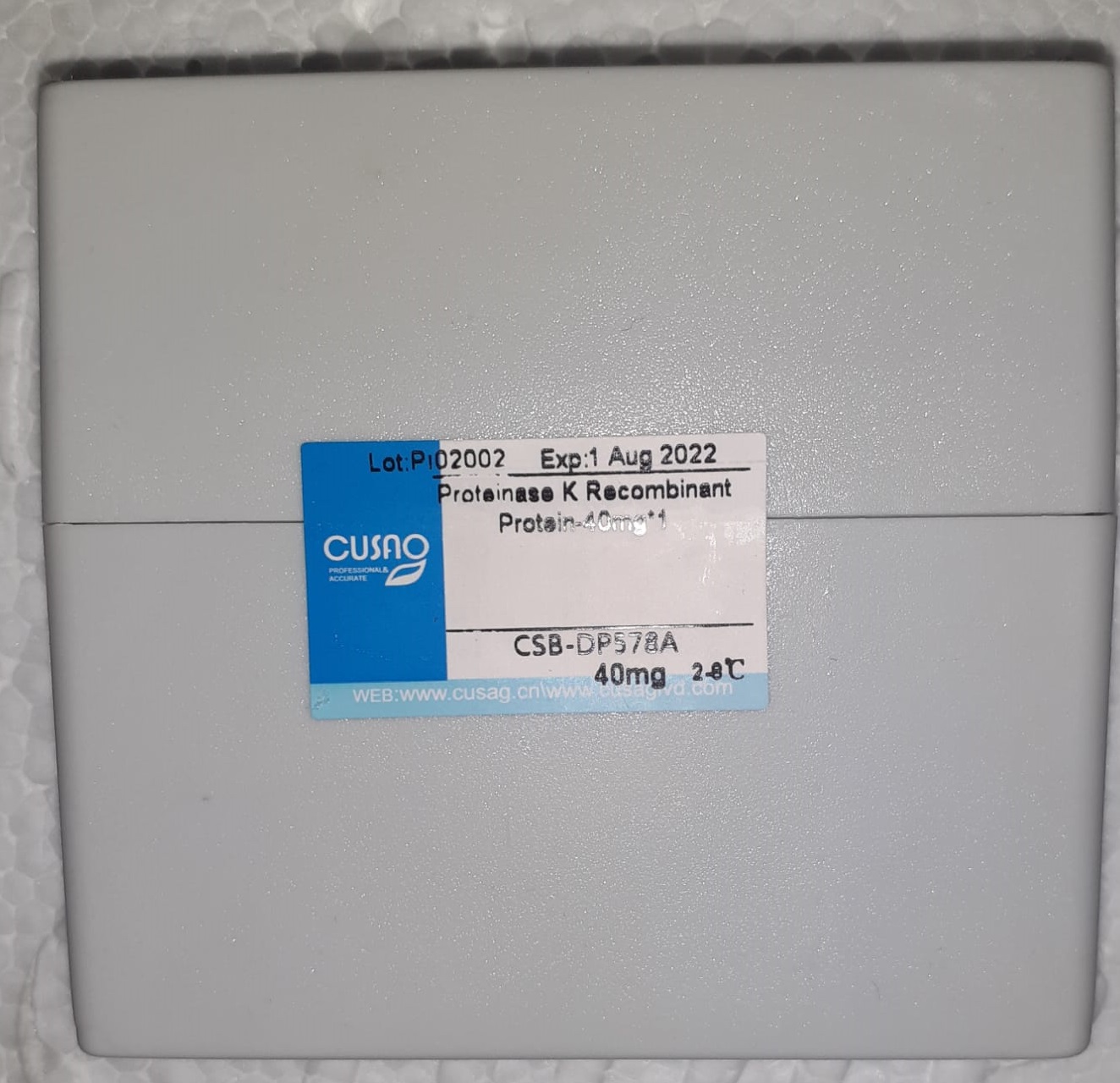
heraeus-targets
Dissemination of IncFII plasmids carrying fosA3 and bla CTX-M-55 in scientific isolates of Salmonella enteritidis
Multidrug-resistant Salmonella Enteritidis (S. Enteritidis) isolates have turn out to be a major risk to public well being, and fosfomycin has been proposed as one of many therapeutic antibiotics for severe infections by resistant pathogens. On this research, a complete of 501 scientific S. Enteritidis isolates had been screened and 14 (2.8%) isolates exhibited resistance to fosfomycin (MIC ≥ 1,024 μg/mL) in addition to ceftriaxone (MIC ≥ 128 μg/mL). The fosA3 gene was recognized in these 14 isolates. The fosA3 gene that co-transferred with blaCTX-M-55 was noticed on the IncFII plasmids with sizes of ~ 78 (n = 7) or ~ 111 (n = 2) kbp in 9 transconjugants. The fosA3-bearing plasmid p12367A is 111,764 bp in size and possessed a typical IncFII spine.
A 7.6-kbp multidrug resistance area (MRR) was recognized in p12367A, which was comprised of fosA3 and blaCTX-M-55 genes interspersed with ΔISEcp1 and three copies of IS26. Two typical antibiotic resistance determinants (IS26-orf3-orf2-orf1-fosA3-IS26 and IS26-orf477-blaCTX-M-55 -ΔISEcp1-IS26) shared one IS26 within the MRR. The genetic association of the MRR could have resulted from the stepwise integration of IS26 cellular parts by way of homologous recombination. Horizontal switch of IncFII plasmids would possibly contribute to the dissemination of fosA3 and blaCTX-M-55 resistance genes in S. Enteritidis interspecies. These findings underline additional challenges for the prevention and therapy of Enterobacteriaceae infections posed by epidemic IncFII plasmids bearing fosA3-blaCTX-M-55 .
Useful exploration of the ever-present plasmid pEA29 reveals a novel signaling pathway that connects thiamine biosynthesis, bacterial respiration, and manufacturing of the exopolysaccharide amylovoran in Erwinia amylovora
Erwinia amylovora is a plant pathogen inflicting necrotrophic hearth blight illness of apple, pear, and different rosaceous crops. This bacterium colonizes host vascular tissues by way of the manufacturing of exopolysaccharides (EPSs) together with amylovoran. It’s nicely established that the almost ubiquitous plasmid pEA29 of E. amylovora is an important virulence issue, however the underlying mechanism stays uncharacterized. Right here, we demonstrated that pEA29 was required for E. amylovora to supply amylovoran and to kind a biofilm, and this regulation was depending on the thiamine biosynthesis operon thiOSGF. We then performed carbohydrate and genetic analyses demonstrating that the thiamine-mediated impact on amylovoran manufacturing was oblique, as cells missing thiOSGF produced an EPS that didn’t include glucuronic acid, one of many key parts of amylovoran, whereas the transcriptional exercise and RNA ranges of the amylovoran biosynthesis genes weren’t altered.
Alternatively, addition of exogenous thiamine restored amylovoran manufacturing within the pEA29-cured pressure of E. amylovora and positively impacted amylovoran manufacturing in a dose-dependent method. Particular person deletion of a number of chromosomal thiamine biosynthesis genes additionally affected amylovoran manufacturing, implying {that a} full thiamine biosynthesis pathway is required for the thiamine-mediated impact on amylovoran manufacturing in E. amylovora. Lastly, we decided that an imbalanced tricarboxylic acid cycle negatively affected amylovoran manufacturing, which was restored by addition of exogenous thiamine or overexpression of the thiOSGF operon. In abstract, our report revealed a novel signaling pathway that impacts E. amylovora virulence during which thiamine biosynthesis enhances bacterial respiration that gives energetic necessities for the biosynthesis of EPS amylovoran.
 FLUID THIOGLYCOLLATE MEDIUM | |||
| F06-101-2kg | Alphabiosciences | 2kg | EUR 253.2 |
 FLUID THIOGLYCOLLATE MEDIUM | |||
| F06-101-500g | Alphabiosciences | 500 g | EUR 112.8 |
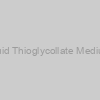 Fluid Thioglycollate Medium | |||
| LQ026C3B-5X300ML | EWC Diagnostics | 1 unit | EUR 58.38 |
Description: Fluid Thioglycollate Medium | |||
 Fluid Thioglycollate Medium | |||
| LQ026CC-5X200ML | EWC Diagnostics | 1 unit | EUR 28.26 |
Description: Fluid Thioglycollate Medium | |||
 Fluid Thioglycollate Medium | |||
| LQ026CT-10X100ML | EWC Diagnostics | 1 unit | EUR 27.61 |
Description: Fluid Thioglycollate Medium | |||
 Fluid Thioglycollate Medium | |||
| LQ026CV-10X100ML | EWC Diagnostics | 1 unit | EUR 19.79 |
Description: Fluid Thioglycollate Medium | |||
 Fluid Thioglycollate Medium | |||
| LQ026D-5X500ML | EWC Diagnostics | 1 unit | EUR 54.94 |
Description: Fluid Thioglycollate Medium | |||
 Fluid Thioglycollate Medium | |||
| LQ026V-25X5ML | EWC Diagnostics | 1 unit | EUR 10.56 |
Description: Fluid Thioglycollate Medium | |||
 Fluid Thioglycollate Medium | |||
| LQ026V-50X5ML | EWC Diagnostics | 1 unit | EUR 19.25 |
Description: Fluid Thioglycollate Medium | |||
 Fluid Thioglycollate Medium | |||
| LQ026XX-50X20ML | EWC Diagnostics | 1 unit | EUR 27.25 |
Description: Fluid Thioglycollate Medium | |||
 Fluid Thioglycollate Medium | |||
| ME009-100G | EWC Diagnostics | 1 unit | EUR 9.83 |
Description: Fluid Thioglycollate Medium | |||
 Fluid Thioglycollate Medium | |||
| ME009-2.5KG | EWC Diagnostics | 1 unit | EUR 80.4 |
Description: Fluid Thioglycollate Medium | |||
 Fluid Thioglycollate Medium | |||
| ME009-500G | EWC Diagnostics | 1 unit | EUR 16.96 |
Description: Fluid Thioglycollate Medium | |||
 Fluid Thioglycollate Medium | |||
| ME009-5KG | EWC Diagnostics | 1 unit | EUR 140.79 |
Description: Fluid Thioglycollate Medium | |||
 Fluid Thioglycollate Medium | |||
| MM009-100G | EWC Diagnostics | 1 unit | EUR 9.83 |
Description: Fluid Thioglycollate Medium | |||
 Fluid Thioglycollate Medium | |||
| MM009-2.5KG | EWC Diagnostics | 1 unit | EUR 80.4 |
Description: Fluid Thioglycollate Medium | |||
 Fluid Thioglycollate Medium | |||
| MM009-500G | EWC Diagnostics | 1 unit | EUR 16.96 |
Description: Fluid Thioglycollate Medium | |||
 Fluid Thioglycollate Medium | |||
| MM009-5KG | EWC Diagnostics | 1 unit | EUR 140.79 |
Description: Fluid Thioglycollate Medium | |||
 Fluid Thioglycollate Medium | |||
| MU009-100G | EWC Diagnostics | 1 unit | EUR 9.83 |
Description: Fluid Thioglycollate Medium | |||
 Fluid Thioglycollate Medium | |||
| MU009-2.5KG | EWC Diagnostics | 1 unit | EUR 80.4 |
Description: Fluid Thioglycollate Medium | |||
 Fluid Thioglycollate Medium | |||
| MU009-500G | EWC Diagnostics | 1 unit | EUR 16.96 |
Description: Fluid Thioglycollate Medium | |||
 Fluid Thioglycollate Medium | |||
| MU009-5KG | EWC Diagnostics | 1 unit | EUR 140.79 |
Description: Fluid Thioglycollate Medium | |||
 Fluid Thioglycollate Medium | |||
| MU009G-2.5KG | EWC Diagnostics | 1 unit | EUR 95.32 |
Description: Fluid Thioglycollate Medium | |||
 Fluid Thioglycollate Medium | |||
| MU009G-500G | EWC Diagnostics | 1 unit | EUR 19.23 |
Description: Fluid Thioglycollate Medium | |||
 Fluid Thioglycollate Medium | |||
| MU009G-5KG | EWC Diagnostics | 1 unit | EUR 184.29 |
Description: Fluid Thioglycollate Medium | |||
 Fluid Thioglycollate Medium | |||
| M009B-100G | EWC Diagnostics | 1 unit | EUR 9.83 |
Description: Fluid Thioglycollate Medium | |||
 Fluid Thioglycollate Medium | |||
| M009B-2.5KG | EWC Diagnostics | 1 unit | EUR 80.4 |
Description: Fluid Thioglycollate Medium | |||
 Fluid Thioglycollate Medium | |||
| M009B-500G | EWC Diagnostics | 1 unit | EUR 16.96 |
Description: Fluid Thioglycollate Medium | |||
 Fluid Thioglycollate Medium | |||
| M009B-5KG | EWC Diagnostics | 1 unit | EUR 140.79 |
Description: Fluid Thioglycollate Medium | |||
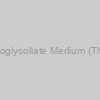 Fluid Thioglycollate Medium (Thioglycoll | |||
| M009-2.5KG | EWC Diagnostics | 1 unit | EUR 80.4 |
Description: Fluid Thioglycollate Medium (Thioglycoll | |||
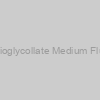 Thioglycollate Medium Fluid | |||
| M009-100G | EWC Diagnostics | 1 unit | EUR 9.83 |
Description: Thioglycollate Medium Fluid | |||
 Thioglycollate Medium Fluid | |||
| M009-10KG | EWC Diagnostics | 1 unit | EUR 279.29 |
Description: Thioglycollate Medium Fluid | |||
 Thioglycollate Medium Fluid | |||
| M009-500G | EWC Diagnostics | 1 unit | EUR 16.96 |
Description: Thioglycollate Medium Fluid | |||
 Thioglycollate Medium Fluid | |||
| M009-5KG | EWC Diagnostics | 1 unit | EUR 140.79 |
Description: Thioglycollate Medium Fluid | |||
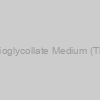 Fluid Thioglycollate Medium (Thioglyco | |||
| GM009-500G | EWC Diagnostics | 1 unit | EUR 19.53 |
Description: Fluid Thioglycollate Medium (Thioglyco | |||
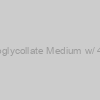 Fluid Thioglycollate Medium w/ 4 IU/ML P | |||
| LQ545CK-10X100ML | EWC Diagnostics | 1 unit | EUR 40.46 |
Description: Fluid Thioglycollate Medium w/ 4 IU/ML P | |||
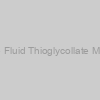 Sterile Fluid Thioglycollate Medium | |||
| LQ026-10X100ML | EWC Diagnostics | 1 unit | EUR 17.21 |
Description: Sterile Fluid Thioglycollate Medium | |||
 Sterile Fluid Thioglycollate Medium | |||
| LQ026IX-100X9ML | EWC Diagnostics | 1 unit | EUR 40.71 |
Description: Sterile Fluid Thioglycollate Medium | |||
 Sterile Fluid Thioglycollate Medium | |||
| LQ026IX-20X9ML | EWC Diagnostics | 1 unit | EUR 15.93 |
Description: Sterile Fluid Thioglycollate Medium | |||
 Fluid Thioglycollate Medium w/ 0.05% | |||
| LQ023-10X20ML | EWC Diagnostics | 1 unit | EUR 25.73 |
Description: Fluid Thioglycollate Medium w/ 0.05% | |||
 Fluid Thioglycollate Medium w/ 0.05% | |||
| LQ023A-10X70ML | EWC Diagnostics | 1 unit | EUR 28.11 |
Description: Fluid Thioglycollate Medium w/ 0.05% | |||
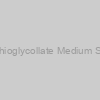 Fluid Thioglycollate Medium Solution | |||
| 40120793-1 | Glycomatrix | 12x100 mL | EUR 189.5 |
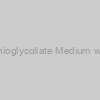 Fluid Thioglycollate Medium w/ HiVeg | |||
| MV380-500G | EWC Diagnostics | 1 unit | EUR 29.31 |
Description: Fluid Thioglycollate Medium w/ HiVeg | |||
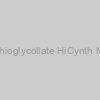 Fluid Thioglycollate HiCynth Medium | |||
| MCD009-100G | EWC Diagnostics | 1 unit | EUR 11.3 |
Description: Fluid Thioglycollate HiCynth Medium | |||
 Fluid Thioglycollate HiCynth Medium | |||
| MCD009-500G | EWC Diagnostics | 1 unit | EUR 19.53 |
Description: Fluid Thioglycollate HiCynth Medium | |||
 Sterile Fluid Thioglycollate Medium (Dou | |||
| LQ026DW-10X100ML | EWC Diagnostics | 1 unit | EUR 35.29 |
Description: Sterile Fluid Thioglycollate Medium (Dou | |||
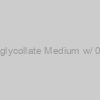 Fluid Thioglycollate Medium w/ 0.5% Soya | |||
| M2082-500G | EWC Diagnostics | 1 unit | EUR 59.65 |
Description: Fluid Thioglycollate Medium w/ 0.5% Soya | |||
 Fluid Thioglycollate Medium w/ 0.5% Soya | |||
| LQ270C-10X100ML | EWC Diagnostics | 1 unit | EUR 23.17 |
Description: Fluid Thioglycollate Medium w/ 0.5% Soya | |||
 Fluid Thioglycollate Medium w/ 0.5% Soya | |||
| LQ288CV-10X100ML | EWC Diagnostics | 1 unit | EUR 34.39 |
Description: Fluid Thioglycollate Medium w/ 0.5% Soya | |||
 Fluid Thioglycollate Medium w/ 0.1% Poly | |||
| LQ315CRS-10X100ML | EWC Diagnostics | 1 unit | EUR 40.64 |
Description: Fluid Thioglycollate Medium w/ 0.1% Poly | |||
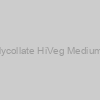 Thioglycollate HiVeg Medium Fluid | |||
| MV009-100G | EWC Diagnostics | 1 unit | EUR 9.83 |
Description: Thioglycollate HiVeg Medium Fluid | |||
 Thioglycollate HiVeg Medium Fluid | |||
| MV009-500G | EWC Diagnostics | 1 unit | EUR 16.96 |
Description: Thioglycollate HiVeg Medium Fluid | |||
 Fluid Thioglycollate Medium w/ 1% Tween | |||
| LQ281C-10X100ML | EWC Diagnostics | 1 unit | EUR 50.4 |
Description: Fluid Thioglycollate Medium w/ 1% Tween | |||
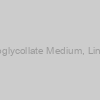 Thioglycollate Medium, Linden | |||
| M195-100G | EWC Diagnostics | 1 unit | EUR 12.27 |
Description: Thioglycollate Medium, Linden | |||
 Thioglycollate Medium, Linden | |||
| M195-500G | EWC Diagnostics | 1 unit | EUR 28.24 |
Description: Thioglycollate Medium, Linden | |||
 Brewer Thioglycollate Medium | |||
| M019-100G | EWC Diagnostics | 1 unit | EUR 12.27 |
Description: Brewer Thioglycollate Medium | |||
 Brewer Thioglycollate Medium | |||
| M019-500G | EWC Diagnostics | 1 unit | EUR 28.24 |
Description: Brewer Thioglycollate Medium | |||
 THIOGLYCOLLATE MEDIUM, BREWER | |||
| T20-118-10kg | Alphabiosciences | 10 kg | EUR 1636.8 |
 THIOGLYCOLLATE MEDIUM, BREWER | |||
| T20-118-2kg | Alphabiosciences | 2kg | EUR 403.2 |
 THIOGLYCOLLATE MEDIUM, BREWER | |||
| T20-118-500g | Alphabiosciences | 500 g | EUR 153.6 |
 Thioglycollate Medium w/ CaCO3 | |||
| M765-500G | EWC Diagnostics | 1 unit | EUR 27.76 |
Description: Thioglycollate Medium w/ CaCO3 | |||
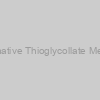 Alternative Thioglycollate Medium | |||
| MM010-100G | EWC Diagnostics | 1 unit | EUR 9.83 |
Description: Alternative Thioglycollate Medium | |||
 Alternative Thioglycollate Medium | |||
| MM010-2.5KG | EWC Diagnostics | 1 unit | EUR 73.81 |
Description: Alternative Thioglycollate Medium | |||

